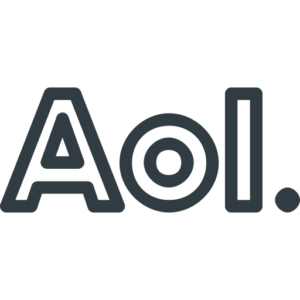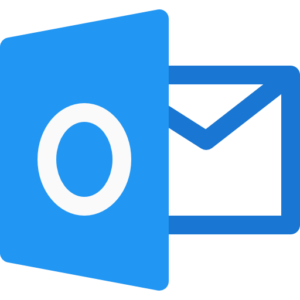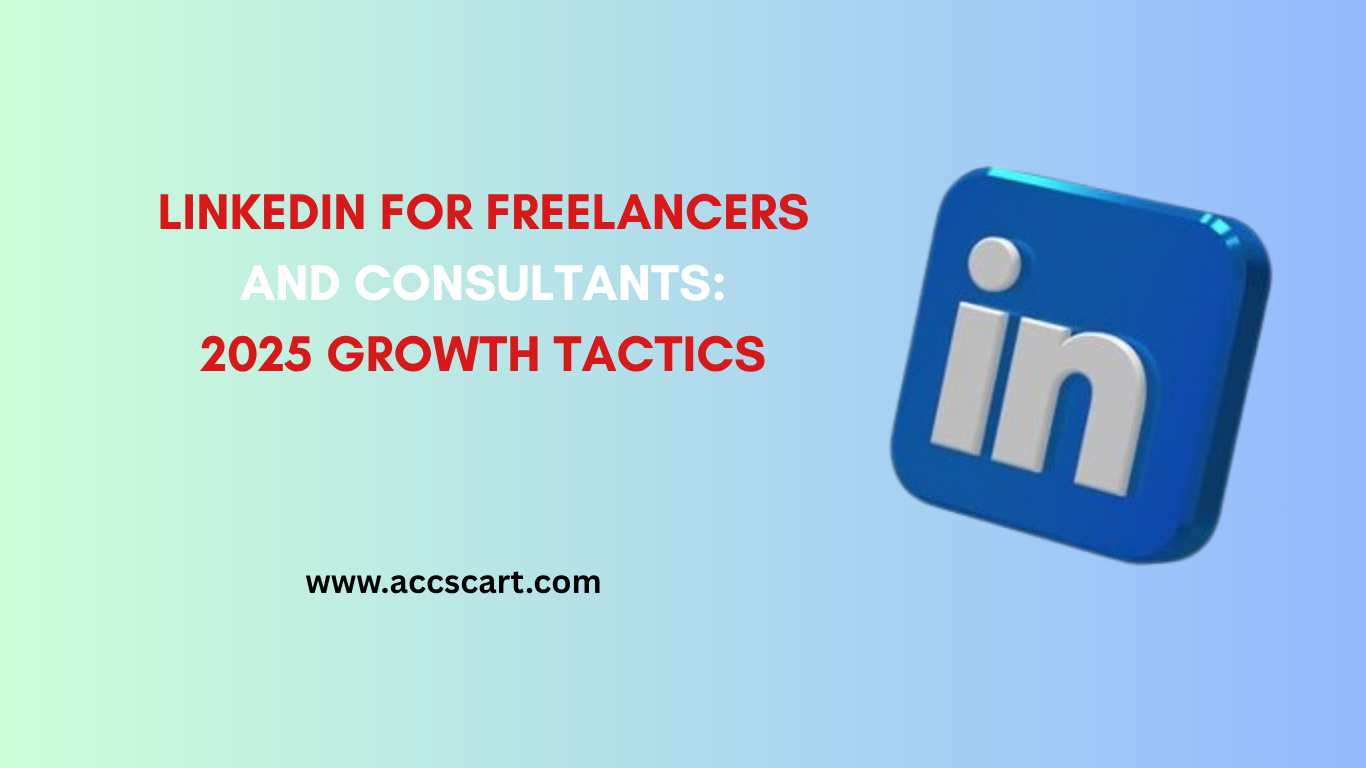Discover proven strategies for LinkedIn for freelancers to thrive in the LinkedIn gig economy of 2025. Learn how to optimize your profile, build trust, network smartly, and attract high-quality freelance clients with actionable tips.
Introduction
In the ever-expanding digital economy, LinkedIn for freelancers is no longer optional it’s essential. What once served primarily as a platform for job seekers and corporate professionals has now evolved into a powerful ecosystem for independent workers, consultants, and solopreneurs. In 2025, freelancers are not just using LinkedIn to showcase resumes they’re leveraging it to build authority, attract inbound leads, and generate long-term client relationships.
In this guide, we’ll explore proven LinkedIn growth tactics for freelancers and consultants, helping you tap into the platform’s full potential in today’s fast-paced, freelance-first world.
Why LinkedIn Matters for Freelancers in 2025
The freelance landscape has changed dramatically in recent years, and LinkedIn has emerged as one of the most powerful platforms to reflect that shift. In 2025, LinkedIn for freelancers is not just about online presence it’s about positioning, credibility, and real business opportunities. Here’s why it holds such a crucial role in the modern gig economy:
1. Shift from Traditional Job Platforms to Professional Networking
Freelancers are increasingly moving away from crowded platforms like Upwork and Fiverr. While these marketplaces offer visibility, they often foster a race to the bottom in pricing and make it difficult for quality professionals to differentiate themselves. LinkedIn for freelancers offers something different direct access to clients through genuine relationship-building, not just bidding.
By nurturing a professional network and publishing value-driven content, freelancers can bypass the limitations of job boards and attract higher-quality, longer-term clients. The LinkedIn gig economy is relationship-based, not algorithm-based, giving professionals more control over how they market themselves and who they work with.
2. Rising Demand for Verified, Skilled Independent Talent
In 2025, businesses are leaning more heavily on verified independent talent than ever before. The global shift toward remote work and project-based hiring has made companies more comfortable with outsourcing to individuals. But with this shift comes caution clients want to hire people they can trust.
That’s where LinkedIn for freelancers really shines. The platform’s structure enables freelancers to showcase testimonials, work history, mutual connections, and published content all of which contribute to social proof. A well-built LinkedIn profile serves as a real-time portfolio and credibility check, which is exactly what decision-makers look for in the hiring process.
3. How Clients Search for Freelancers on LinkedIn
The way clients discover freelancers in 2025 has also evolved. Rather than relying solely on freelance platforms or referrals, many are turning to LinkedIn’s search features and industry-specific hashtags to find service providers. With the rise of LinkedIn gig economy tools like Services Pages and Creator Mode, the platform now actively supports client-freelancer discovery.
Clients use keyword-based searches like “SEO consultant,” “email copywriter,” or “virtual assistant,” and the top results are often those who have optimized their profiles with relevant skills, recommendations, and content. In other words, being active and strategic on LinkedIn increases your chances of being found by serious clients looking to hire.
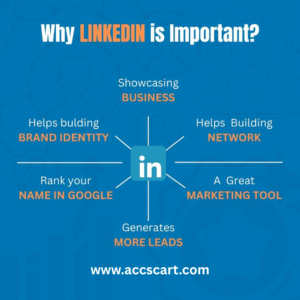
Optimizing Your LinkedIn Profile for the Gig Economy
If you’re part of the growing LinkedIn gig economy, your profile isn’t just a digital resume it’s your personal landing page. To attract leads, build credibility, and convert profile visits into inquiries, you need to craft a presence that sells. Here’s how to effectively optimize your LinkedIn profile as a freelancer or consultant in 2025:
1. Write a Headline That Sells Your Services
Your LinkedIn headline is one of the most important elements of your profile. Instead of just listing your title (e.g., “Freelancer” or “Consultant”), use this space to communicate what you do, who you help, and the value you provide.
Example:
✅ “SEO Consultant Helping SaaS Brands Increase Organic Traffic | Freelance Growth Strategist”
✅ “Remote Web Designer for Coaches & Creators | Fast, Mobile-First Websites That Convert”
This approach instantly shows prospects your niche and impact, a key factor in standing out in the competitive LinkedIn for freelancers space.
2. Craft a Value-Driven Summary That Highlights Freelance Experience
Your “About” section should go beyond your background it should tell your story and make the reader want to work with you. Highlight:
- Who you help and how
- The problems you solve
- Relevant results or achievements
- Freelance experience or niche expertise
Use a conversational tone and include a call-to-action (e.g., “Message me to collaborate,” or “Let’s talk about your next project”).
Since the LinkedIn gig economy prioritizes authenticity and specialization, a well-written summary is your first step to attracting meaningful leads.
3. Use Keywords to Rank in LinkedIn Search Results
LinkedIn functions like a search engine. Clients looking for freelancers often search for specific phrases such as:
- “Remote social media manager”
- “ECommerce email marketer”
- “Notion consultant for teams”
- “Tech blog writer”
To be visible in these searches, naturally include relevant keywords in your headline, summary, work experience, and skills sections. This increases your chances of appearing in search results when potential clients are browsing the LinkedIn gig economy for talent.
4. Key Profile Sections to Update
To fully optimize LinkedIn for freelancers, ensure these parts of your profile are current and compelling:
- Services Page: Enable and customize LinkedIn’s “Providing Services” feature. It allows you to showcase your offerings directly on your profile and appear in service-related searches.
- Featured Section: Add links to your portfolio, client testimonials, or content you’ve published. This acts as a visual proof of your skills.
- Experience & Projects: Clearly list your freelance roles with specifics on industries served, tools used, and outcomes achieved.
- Testimonials (Recommendations): Request reviews from past clients or collaborators. Social proof is powerful in the LinkedIn gig economy, especially when clients are choosing between multiple freelancers.
PRO TIP:
Your profile should clearly communicate:
🔹 Who you help
🔹 What you offer
🔹 Why you’re different
🔹 How someone can contact you
By approaching LinkedIn for freelancers as both a branding tool and lead magnet, you position yourself not just as a worker but as a valuable business partner in the freelance economy of 2025.
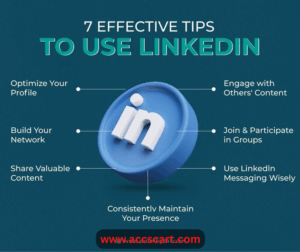
Smart Networking Tactics for Freelancers
Networking is a cornerstone of success in the LinkedIn gig economy. Whether you’re a writer, consultant, designer, or strategist, how you connect and engage on LinkedIn can directly impact your freelance pipeline. Here’s how to network effectively without sounding like a spammer.
1. How to Connect Without Spamming
Instead of sending generic connection requests, personalize every invite. Mention how you found the person, what you admire about their work, or why you’d like to connect. In the LinkedIn for freelancers space, quality beats quantity genuine connections lead to conversations, and conversations lead to gigs.
2. Finding Potential Clients Using LinkedIn Filters and Groups
Use LinkedIn’s search filters to identify ideal clients by job title, industry, or location. For example, if you’re a content strategist, look for “Content Managers” or “Marketing Directors.”
Join industry-specific groups where potential clients engage. Contribute valuable comments and share your perspective this builds trust and visibility within your niche.
3. Leveraging the “Open to Work” Feature Strategically
While many freelancers avoid the “Open to Work” tag thinking it’s for job seekers, it can be tailored to showcase freelance availability. Use custom titles like “Available for freelance writing” or “Hiring a remote SEO consultant?” to subtly advertise your services within the LinkedIn gig economy framework.
4. Engaging with Posts and Content in Your Target Industry
Regularly interact with posts shared by industry leaders, potential clients, and peers. Thoughtful comments not just likes showcase your expertise and keep your profile visible. In the LinkedIn for freelancers world, engagement often leads to discovery, profile visits, and eventual outreach.
Content Strategies That Build Trust and Authority
In the fast-growing LinkedIn gig economy, content is currency. For freelancers looking to earn trust and attract clients, strategic content creation can set you apart. Here’s how to build your authority and grow your influence on LinkedIn:
1. Sharing Case Studies, Client Wins, or Lessons from Freelancing
Real-world stories resonate. Share short case studies, screenshots of results, or lessons learned from your freelance projects. This helps position you as credible and transparent two must-haves in the LinkedIn for freelancers space. Make your success relatable and practical to earn trust without sounding boastful.
2. Posting Regularly vs. Viral Attempts: What Works Best in 2025
Going viral isn’t necessary and often not sustainable. In 2025, freelancers are seeing better results from consistent, niche-focused content. Aim to post 2–3 times a week on topics relevant to your ideal clients. A steady presence builds familiarity, and familiarity builds trust in the LinkedIn gig economy.
3. Using LinkedIn Articles to Showcase Thought Leadership
For deeper insights or longer content, write LinkedIn articles. These allow you to break down your process, share detailed opinions, or educate your audience on complex topics. Thought leadership through articles shows you’re not just a service provider you’re a problem solver worth hiring.
4. Boosting Reach with Hashtags Relevant to the LinkedIn Gig Economy
Hashtags help expand your visibility beyond your network. Use 3–5 relevant hashtags like #LinkedInForFreelancers, #GigEconomy, #RemoteWork, or niche-specific tags (e.g., #SaaSMarketing or #UXDesign). Consistent hashtag use helps you become discoverable by clients actively browsing for talent in the LinkedIn gig economy.
Leveraging LinkedIn Features for Freelance Growth
LinkedIn continues to evolve with tools designed specifically for independent professionals. As part of the LinkedIn gig economy, freelancers can tap into several built-in features that help build visibility, attract clients, and showcase expertise. Here’s how to use them effectively:
1. How to Use LinkedIn Services Pages
LinkedIn’s Services Page is designed for freelancers to list their offerings in a structured format. Once activated, it appears on your profile and allows you to be found when users search for specific services like “SEO freelancer” or “business coach.”
Be sure to select relevant service categories, write a client-focused description, and regularly update it to reflect your evolving freelance expertise in the LinkedIn gig economy.
2. Benefits of LinkedIn Newsletters for Solo Professionals
Newsletters on LinkedIn allow freelancers to publish long-form content and build a subscriber base directly on the platform. Whether you’re sharing industry trends, behind-the-scenes insights, or niche strategies, newsletters help establish thought leadership.
For anyone navigating LinkedIn for freelancers, this is a low-cost way to stay top-of-mind with your audience while showcasing your authority.
3. Using LinkedIn Creator Mode to Attract Inbound Leads
Creator Mode unlocks several features designed to boost content visibility like featured hashtags, profile CTA links, and access to live video. Turning this mode on signals that you’re actively building a personal brand, not just job hunting.
By activating Creator Mode, freelancers in the LinkedIn gig economy can better attract inbound opportunities, as your profile and posts become more discoverable by potential clients.
LinkedIn Outreach: DM Templates That Actually Work
In the crowded LinkedIn gig economy, standing out through cold DMs is more about value than volume. Freelancers often underestimate the power of a well-crafted, soft-sell message. Here’s how to reach out like a pro and build real client interest without sounding robotic or salesy.
1. Examples of Soft-Sell, Value-First Outreach Messages
The best outreach messages don’t pitch they connect. Below are two examples of how LinkedIn for freelancers works best when your approach is helpful and personal:
Template 1 (Industry-Aligned):
“Hi [Name], I’ve been following your updates on [topic]. As a [your freelance role], I’ve worked with a few similar brands and thought I’d reach out to connect. No pitch just here to learn and share ideas.”
Template 2 (Content-Driven):
“Hi [Name], your recent post about [topic] really resonated with me. I’ve actually worked on something similar and thought it might be helpful to share what worked for us. Would you be open to exchanging notes sometime?”
These kinds of messages perform well in the LinkedIn gig economy where relationships come before referrals.
2. Mistakes Freelancers Make in LinkedIn Cold DMs
Many freelancers jump straight into pitching services or attaching portfolios in the first message. This often comes off as desperate or irrelevant. Other common mistakes include sending long, impersonal messages or using automation tools that feel spammy.
On LinkedIn for freelancers, personalization is key. Your message should read like it was written for one person not mass-distributed.
3. Following Up Without Being Pushy
If you don’t hear back, wait 3–5 business days before following up. Keep your tone light and helpful:
Follow-Up Example:
“Hey [Name], just wanted to circle back on my previous message in case it got buried. No pressure just reaching out in case there’s a way I can support what you’re building.”
This keeps the door open while respecting their time an approach that aligns with best practices in the LinkedIn gig economy where trust and tact go a long way.
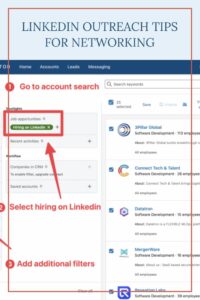
Common Pitfalls to Avoid on LinkedIn in 2025
Navigating LinkedIn successfully is crucial for freelancers thriving in the LinkedIn gig economy. Avoid these common mistakes that can hinder your growth and visibility on the platform.
1. Over-selling or Looking Desperate
One of the biggest mistakes freelancers make on LinkedIn is coming across as too salesy or desperate. Hard selling in initial interactions often turns potential clients away. In LinkedIn for freelancers, it’s important to build relationships first offer value, share insights, and establish trust before pitching your services.
2. Ignoring Engagement Metrics and Not Adjusting Content
Posting content without analysing how your audience responds is a missed opportunity. Track metrics like views, likes, comments, and shares to understand what resonates with your network. In the LinkedIn gig economy, adapting your content strategy based on engagement helps you stay relevant and attract the right clients.
3. Treating LinkedIn Like Instagram or Facebook
LinkedIn is a professional networking platform, not a casual social media site. Many freelancers treat it like Instagram or Facebook by sharing overly personal content or irrelevant memes. Maintaining a professional tone while still showing personality is key in LinkedIn for freelancers to build credibility and attract serious business opportunities.
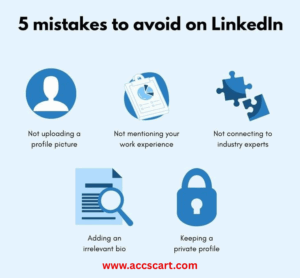
Conclusion
LinkedIn remains a powerhouse platform for freelancers navigating the LinkedIn gig economy in 2025. Its unique blend of professional networking and content sharing creates unmatched opportunities to build trust, showcase skills, and attract clients. The key to success is consistent, strategic action whether optimizing your profile, engaging thoughtfully, or sharing valuable content.
Remember, treat your LinkedIn profile like a landing page for your freelance brand. Every detail should reflect your expertise and invite potential clients to connect. With the right approach, LinkedIn for freelancers can become your most valuable tool for sustainable freelance growth.
Frequently Asked Questions (FAQ)
Q1: Why is LinkedIn important for freelancers in 2025?
LinkedIn remains essential for freelancers because it connects them directly with potential clients and industry professionals. It serves as a trusted platform to showcase skills, build credibility, and generate inbound leads, making it a cornerstone of the LinkedIn gig economy.
Q2: How can freelancers optimize their LinkedIn profiles for better visibility?
Freelancers should use targeted keywords, write clear service descriptions, showcase testimonials, and keep their profiles updated. These strategies improve search rankings and help freelancers stand out in the competitive LinkedIn for freelancers space.
Q3: What content should freelancers share on LinkedIn to attract clients?
Sharing case studies, lessons learned, client wins, and industry insights are effective. Regular, value-driven posts and LinkedIn articles build authority and trust within the LinkedIn gig economy.
Q4: How do LinkedIn features like Creator Mode and Services Pages benefit freelancers?
Creator Mode increases content visibility and engagement, while Services Pages allow freelancers to list their offerings clearly. Both features enhance discoverability and help attract quality leads in the LinkedIn for freelancers ecosystem.
Q5: What are common mistakes freelancers should avoid on LinkedIn?
Avoid over-selling, ignoring engagement data, and treating LinkedIn like casual social media. Maintaining professionalism and adapting content based on audience feedback is key to success in the LinkedIn gig economy.
Q6: How can freelancers approach LinkedIn outreach without being pushy?
Soft-sell, value-first messages that focus on connection and mutual benefit work best. Following up respectfully after a few days shows professionalism and increases the chance of building meaningful relationships in the LinkedIn for freelancers community.




